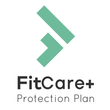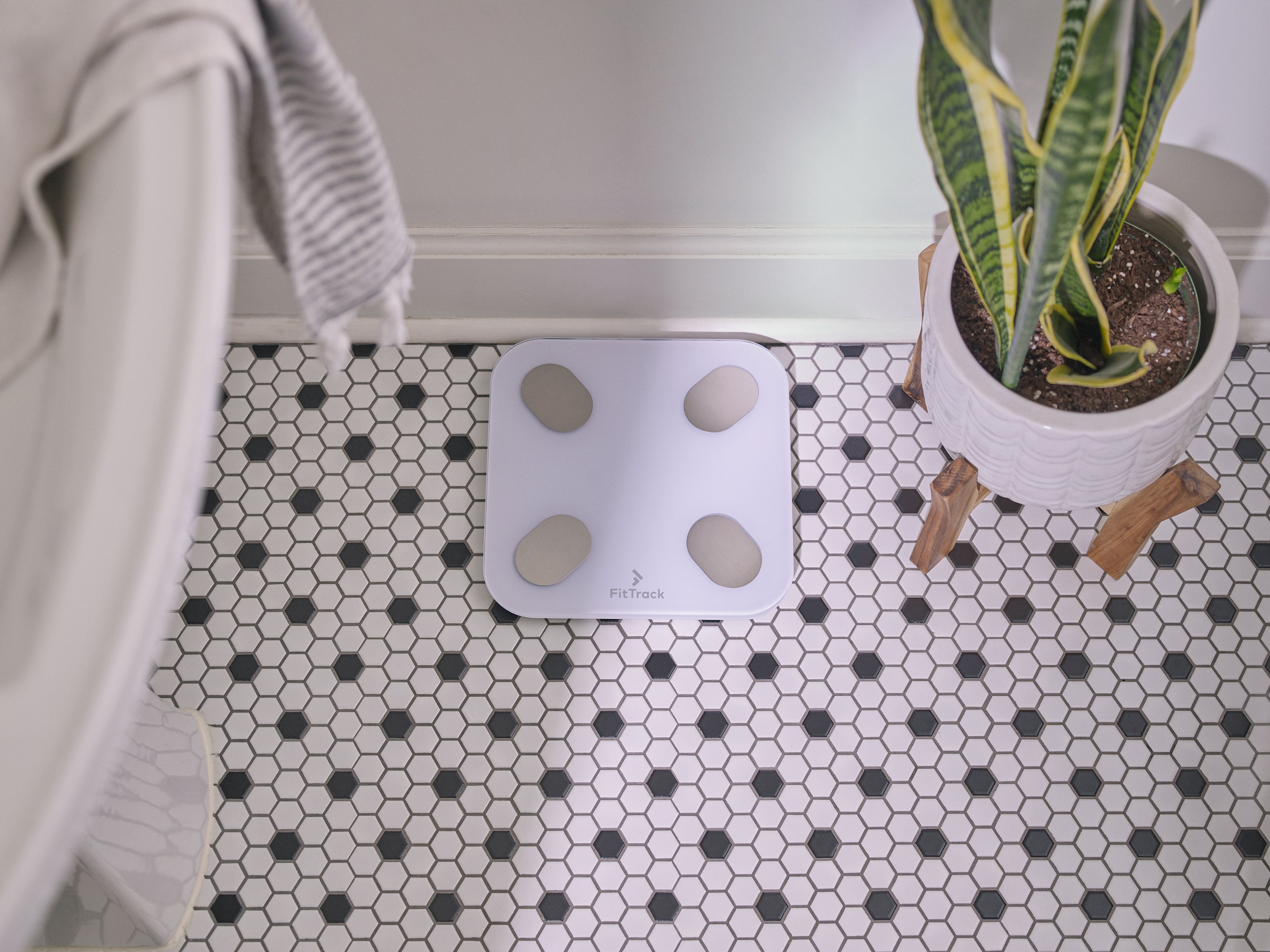Core exercises are a critical part of a well-rounded fitness program.
However, aside from occasional sit-ups and pushups, core exercises are often neglected.
Core exercises train the muscles in your pelvis, lower back, hips, and abdomen to work in harmony. This leads to better balance and stability, whether on the playing field or in daily activities. In fact, most sports and other physical activities depend on stable core muscles.
See Related: 7 Best Bodyweight Exercises
The core is actually made up of three groups of muscles: The upper abs, the side muscles, which are called the oblique, and then this very deep layer of muscle that supports your spine and acts as a natural corset — so when you work on them not only do you get a flatter stomach but a tighter stomach, and stronger back.
The benefits of core strength training:
See Related: Fat Burning Exercises
➤ Improved body control and balance.
It's hard to find a natural physical movement that doesn't involve the cole musculature in some way. While there are isolating exercise machines at most commercial gyms that remove the component of core stability when training, anything performed with free weights or even just your own bodyweight involves your core.
When you train your core directly (and indirectly), your body will become more stable, and keeping a good posture throughout any exercise becomes possible. The muscle groups that make up your core influence stability, flexibility, mobility, rigidity, strength, power, and even endurance. There is a reason that top-performing athletes have such strong cores! Balance and staying under control through all physical activity will help increase your top-level performance and make your day-to-day activities that much easier as well.
➤ Increased overall power from both the core muscles as well as shoulders, arms, and legs.
Strong core muscles tend to correlate with increased levels of upper body strength. This means having weak core muscles will be a limiter to your strength and power production. This doesn't mean you need a six-pack to increase your power production. Six-pack-abs don't automatically mean a stronger core, either.
Research shows the strong correlation of power in extremities related to having a strong core. The kinetic chain of movements revolves around strong contractions of your abdominal muscles, back muscles, pelvic floor, glutes, and all other surrounding musculature. If you don't have a particularly strong core, you'll notice that heavy training with movements like Military Press and Barbell Rows will lead to sore ab muscles.
➤ Less risk of injury, as the core muscles act as shock absorbers
While strength and power are great, sometimes just a higher quality of life and overall wellness is the goal for trainees. Nothing can improve your daily life like less risk for injury and more resilience towards any physical recreational activity.
Building a strong core not only improves your athletic performance but also reduces the chances of those athletic endeavors leading to injuries. This is significant for everybody, from professional athletes to weekend warriors! Keeping your transverse abdominis strong won't lead to an impressive physique, but the injury reduction impressive in itself.
➤ Eliminates Back Pain
See Related: Body Temperature Tracking
A good core workout will increase your back strength and reduce lower back pain drastically. In many trainees, it can eliminate low back pain. The erector spinae is typically much weaker in untrained individuals than it should be, which can cause a lot of pain over time.
Core strengthening obviously entails training your rectus abdominis and external obliques, but far too many people stop there and neglect their hip and back muscles that influence good posture and stabilization to a huge degree. That's like training your upper body and skipping your lower body. That's just a recipe for muscle imbalances and pains. Ensure that your core workout program is balanced, even if that means enlisting the help of a personal trainer or other professional.
➤ Create More Social Opportunities
If you aren't active, you are missing out on a ton of social outings that active individuals enjoy regularly. Playing a pick-up game of basketball at the park, going for a hike in nature, or hitting the lake for kayaking and paddleboarding seem daunting when your core is weak. These activities require effort from the entire body and using them as social outings can open up your social circle and lead to a healthier social life.
See Related: Tech Detox Unlocks The Brain
You can even get fit with your friends and/or family and go test your core strength and stamina with a challenging Pilates class. It's simple: being fit allows you to do more!
➤ Upright Posture
A lot of people go to physical therapy due to pains and aches caused by bad posture. Little do they know that maintaining strong core muscles can alleviate the majority of these issues. Having a strong back will especially help keep you more upright now that today's age is more hunched over than ever in our day-to-day lives.
Just remember, a strong core doesn't mean an endless list of ab exercises. Repeated flexion of your torso can lead to just as much pain as not training at all if you don't balance it out with extension exercises that train your back musculature.
➤ Helps With Weight Loss Goals
Sometimes high-intensity exercise and heavy strength training are recommended for the most efficient fat loss. However, limited core strength reduces power output and maximal strength, meaning your high-intensity bursts of aerobic exercise and maximal sets during weight training aren't at high enough levels to boos that calorie burn drastically.
The more powerful and fast your movements are when you do cardio, the more calories you will be burning. The more weight you can lift in the gym, the more calories you can burn with each repetition. Both of these skills require a strong core. Build your core and burn your fat stores!
➤ Improves Aging
Aging typically leads to worsening posture, muscle loss, bone density loss, and reduced physical fitness. A workout program used to maintain a baseline level of strength, endurance, and core stability is one of the best natural ways to improve anti-aging efforts.
All of those expensive creams and pills won't do a thing to keep you strong and fit. Many of the side effects of aging are just accepted truths that many people think are unavoidable. But, this simply isn't true! Research has shown that regular exercise in older adults improves the quality of life and reduces the occurrence of these so-called age-related ailments!
What Are Signs Of A Weak Core?
While there are no set standards of a strong core, there are many side effects of having weak core muscles. Here are a few common side effects:
- Bad balance and stability
- Bad posture
- Low levels of strength and power
- Back pain
- Difficulty during physical recreation
What Are Core Muscles?
Your core musculature entails all the muscles in your stomach/back and hip region. Your abs, lower back, hip flexors, and glutes are the large muscle groups that make up your core. They are typically involved in most natural motions of your body and entails flexion, extension, and isometric contractions for stability.
Top Exercises To Strengthen Core
Crunch
The classic crunch/sit-up works your ab muscles through flexion. While it is typically overused in beginners, it has its place when placed in a balanced training program. It is great for targeting your upper ab muscles specifically.
Plank
Holding a plank improves the isometric contractions of the entirety of your core. Your abs, back, and glutes must be properly activated to perform Plank effectively. Mastering this movement is great for everyday core stability, which is probably more important than flexion and extension strength.
Dead Bug
The Dead Bug works your upper and lower abs and teaches you to fire each side individually, creating more balance throughout your core. They are highly effective when performed properly and regularly.
Leg Raise
If you have only ever performed Crunches, your lower abs are probably quite a bit weaker than your upper abs. Performing Hanging Leg Raises will reduce this imbalance and improve your core stability drastically. Don't be surprised if your hip flexors also take a beating from this movement. Don't worry, that's also a goal when using this movement!
Bicycle
The Air Bike is a great move to incorporate your obliques while training your abs at the same time. This move is typically easy to master, so move onto something more difficult, like Russian Twist, as your obliques become more fit.
Honorable Mentions
Heavy weight training with free weights, like dumbbells and barbells, are awesome for teaching you to brace and stabilize your core through difficult motions. Deadlifts, Squats, Overhead Press, and Rows can train your core muscles effectively. You'll only require a few sets of the exercises mentioned above if you focus on these heavy strength training movements in an exercise plan!
We have different exercises in our Home Workout and Nutrition Guide that are sure to give you a strong core.
Make sure to check it out!








